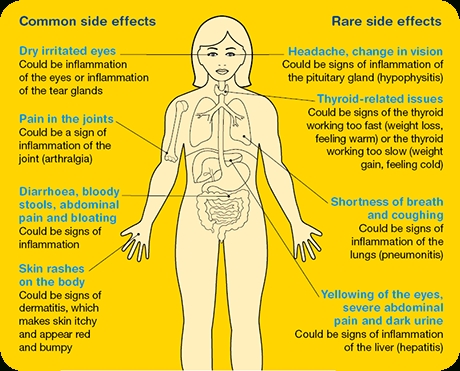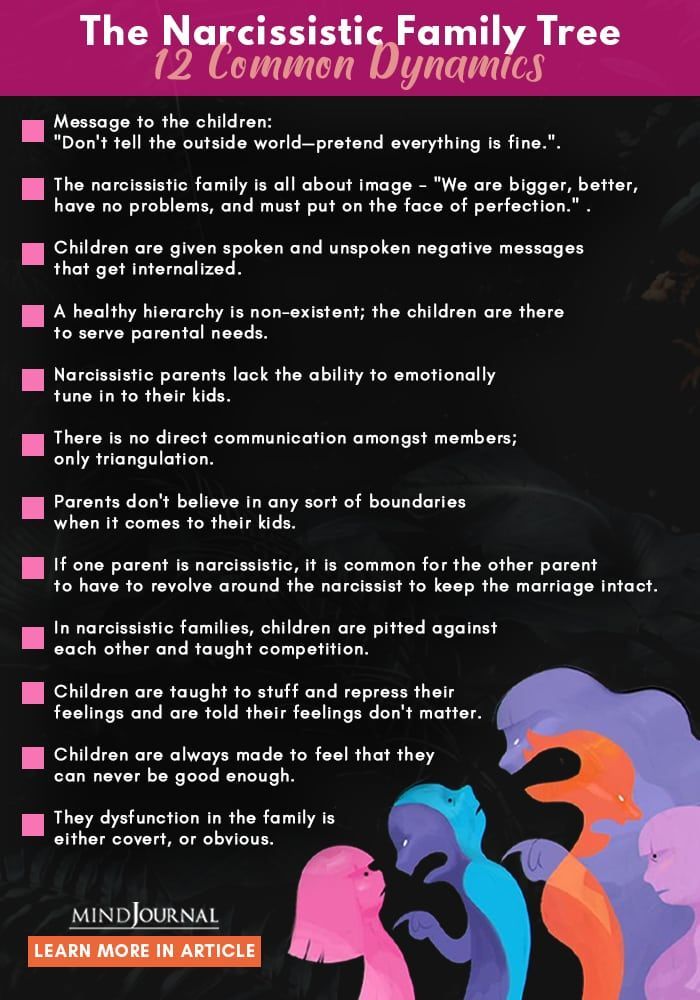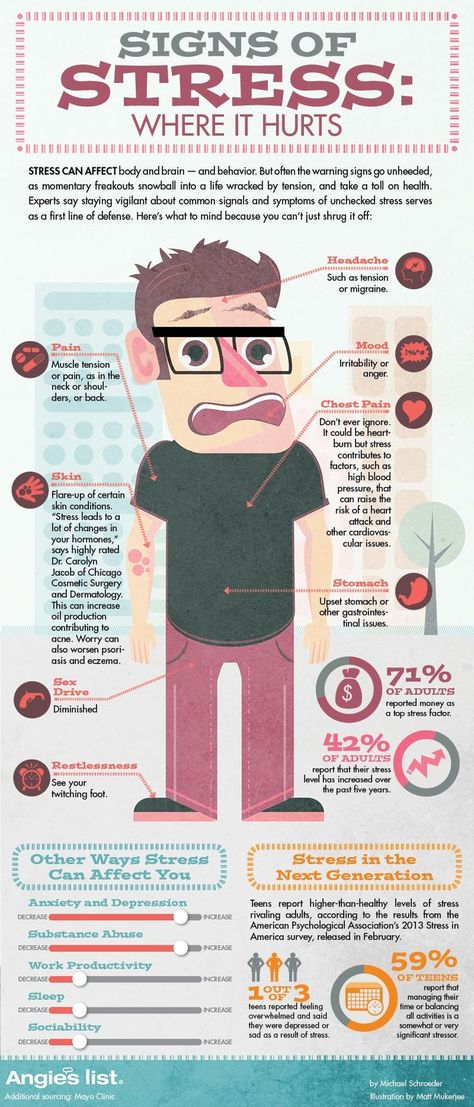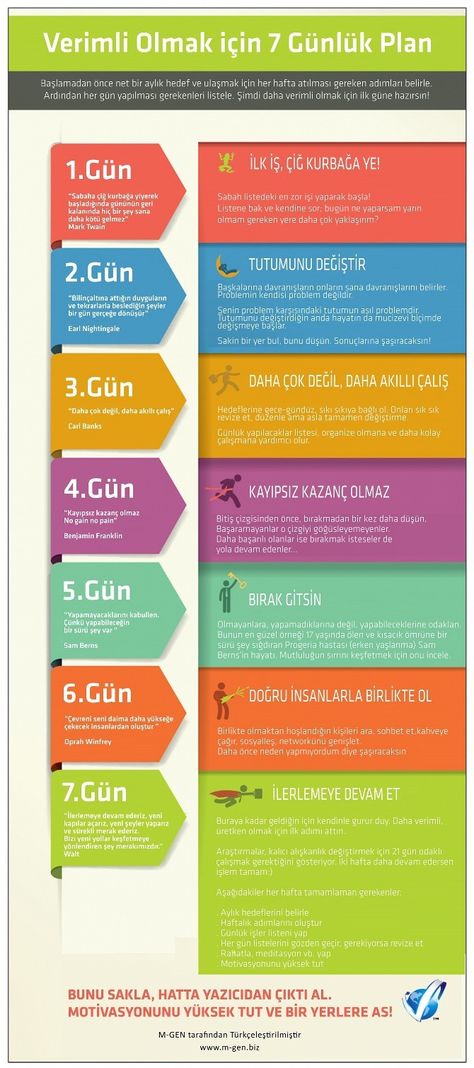Meditation music for anxiety and stress
Music to Calm Anxiety and Music for Anxiety Playlist
HERE IS A PLAYLIST OF THE 10 SONGS FOUND TO BE THE BEST MUSIC TO CALM ANXIETY, INCLUDING ONE WHERE SCIENTISTS WITNESSED A 65% REDUCTION IN PARTICIPANTS’ OVERALL ANXIETY, AND STRESS.
Each and every one of us have tried at last a few different techniques to combat stress or anxiety in our lives. It’s not only helpful with making you feel better overall, but finding ways to manage stress levels is important for your health too.
Thanks to modern research, we now know the harmful effects of stress on the body. Stress causes chemicals like cortisol to be released, and increases serious health risks like heart disease, obesity, depression, digestive problems, asthma, and many others. Additionally, there was a recent paper published out of Harvard and Stanford that discovered something rather troubling- “health issues from job stress alone cause more deaths than diabetes, Alzheimer’s, or influenza.”
So what’s the best way to take some of the pressure off? Dr. David Lewis-Hodgson of Mindlab International says we should listen to music- more specifically, one special song.
A team of neuroscientists, which Dr. Lewis-Hodgson lead, conducted a study on sound therapy. Participants had to attempt to solve puzzles, which induced stress, with sensors attached to their bodies. They then had to listen to different songs while researchers measured and recorded their heart rate, breathing, and blood pressure.
ONE SONG STOOD OUT AMONG THE REST.
Weightless by Marconi Union was found to reduce levels of stress and anxiety by a whopping 65 percent, and produced a greater state of relaxation than any other music tested to date.
“‘Weightless’ was so effective, many women became drowsy and I would advise against driving while listening to the song because it could be dangerous,” said Dr. David Lewis-Hodgson.
What’s truly incredible is that Weightless was designed to do exactly that- reduce stress.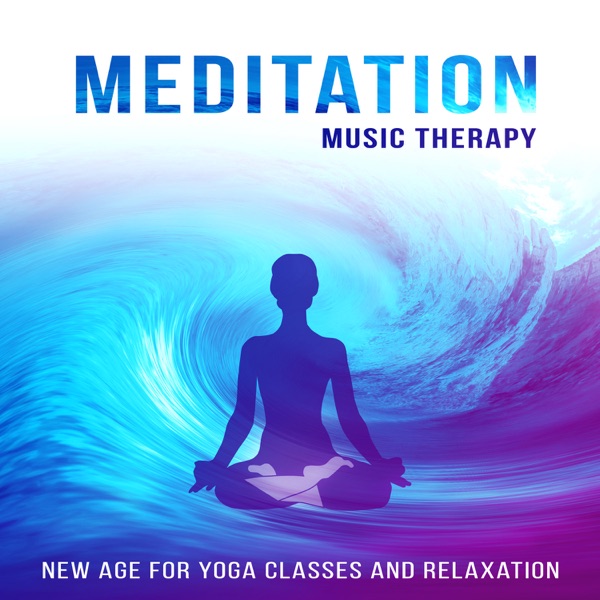 Marconi Union, the group behind the song, worked together with sound therapists to create carefully arranged harmonies, rhythms, and bass lines, all for one purpose- to slow the listener’s “heart rate, reduce blood pressure and lower levels of the stress hormone cortisol.”
Marconi Union, the group behind the song, worked together with sound therapists to create carefully arranged harmonies, rhythms, and bass lines, all for one purpose- to slow the listener’s “heart rate, reduce blood pressure and lower levels of the stress hormone cortisol.”
THE COMPLETE LIST OF THE TOP TEN SONGS TO LISTEN TO WHEN YOU WANT TO REDUCE STRESS AND ANXIETY CAN BE FOUND BELOW, AND WE’VE EVEN INCLUDED A PLAYLIST WITH ALL OF THEM TOGETHER.
10. “We Can Fly,” by Rue du Soleil (Café Del Mar)
9. “Canzonetta Sull’aria,” by Mozart
8. “Someone Like You,” by Adele
7. “Pure Shores,” by All Saints
6. “Please Don’t Go,” by Barcelona
5. “Strawberry Swing,” by Coldplay
4. “Watermark,” by Enya
3. “Mellomaniac (Chill Out Mix),” by DJ Shah
2. “Electra,” by Airstream
1. “Weightless,” by Marconi Union
REMEMBER NOT TO LISTEN TO THIS WHILE DRIVING, OR DOING ANYTHING THAT COULD RESULT IN INJURY WITHOUT COMPLETE FOCUS.
Keep in mind, in order for stress to go away, you have to stop giving it so much attention. If you listen to these songs and are constantly thinking “This isn’t working,” or “I still feel stressed,” then they probably aren’t going to work as well for you. Take a breath, and just enjoy the music.
If you listen to these songs and are constantly thinking “This isn’t working,” or “I still feel stressed,” then they probably aren’t going to work as well for you. Take a breath, and just enjoy the music.
By Raven Fon Retrieved from http://unisoultheory.com/index.php/2016/12/30/relaxing-song-reduces-anxiety-stress/
Sleep Music to Reduce Anxiety and Promotes Sleep
Photo Credit: Unsplash
Anxiety is one of the most common — and frustrating — reasons we struggle with getting to sleep. On some nights, it can be difficult to unwind, especially if you’ve been working well into the evening, worrying about the state of the world, or feeling overwhelmed by too many responsibilities. As a result, you might spend the night staring at the ceiling, doomscrolling, pacing the room, or all three.
We could all use some relaxing music, right? Listening to science-backed sleepy songs can reduce your heart rate, blood pressure, and cortisol levels.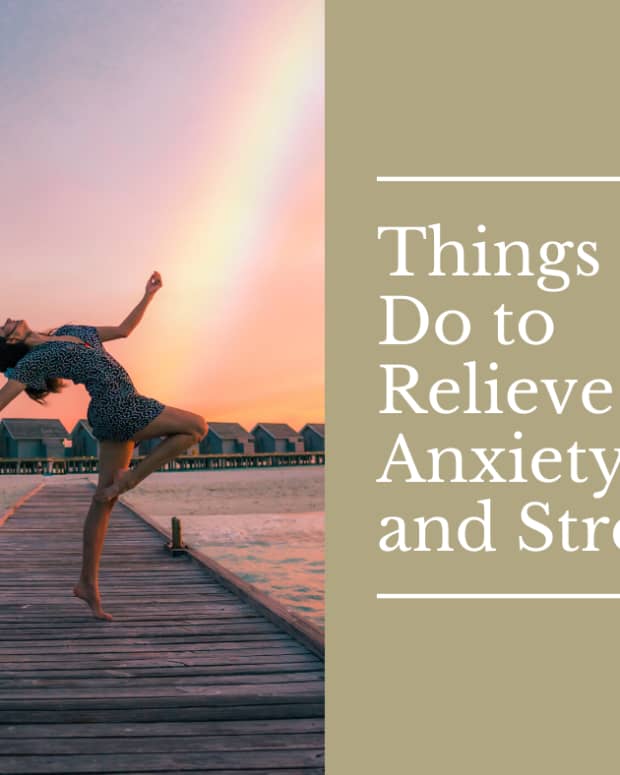
And there is one song, in particular, that has been found to work best.
This Is the #1 Relaxation Song
Researchers at Mindlab International found that participants who listened to the 8-minute song “Weightless,” reduced their anxiety by 65% and their resting heart rates by 35%. (Though — if you should find yourself wanting longer sleep music — they created one-hour and ten-hour extended versions!)
0:00 / 0:00
Video Companion
Many people who listened to the calming song also became drowsy, which prompted Mindlab researcher and neuropsychologist David Lewis-Hodgson to categorize “Weightless” as a sleep song and caution against listening to it while driving.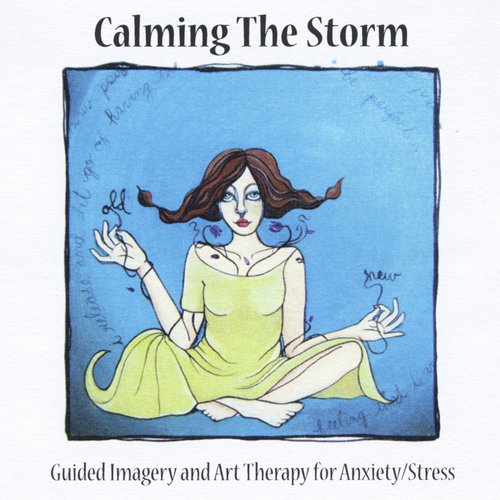
During the experiment , 20 female participants 18-to-61 years old heard different relaxing music while connected to sensors monitoring their physiological states. After each track, they rated the song based on how relaxing it was. At the end, they received a massage and then listened to “Weightless.”
In addition to asking participants to rate the songs and the massage on their soothing effects, researchers calculated an overall relaxation music score for each participant by combining three measures: heart rate, breathing rate, and skin conductance.
Not only did the participants subjectively rate “Weightless” as the number one piece of relaxing music — additionally, according to the data, “Weightless” had a relaxation score of 73% — outperforming the other music as well as even the massage.
The Proven Power of Sleep Music
To create the ultimate calming ambient tune, British musical trio Marconi Union collaborated with Lyz Cooper, a sound therapist and founder of The British Academy of Sound Therapy.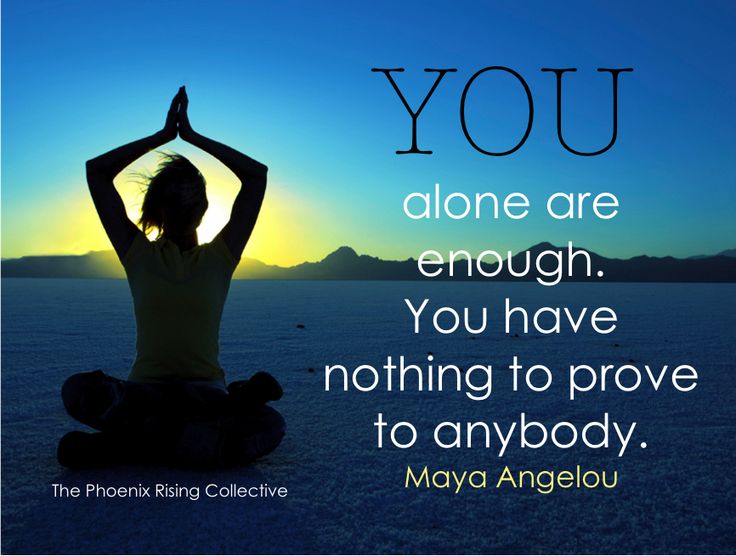 According to Cooper, chimes and sounds used in “Weightless” enable listeners “to get out of the way and really relax at a deep level.”
According to Cooper, chimes and sounds used in “Weightless” enable listeners “to get out of the way and really relax at a deep level.”
Scientific measurements have demonstrated that music has a powerful effect on our bodies. For example, Lewis-Hodgson noted that brain-imaging studies have shown that music stimulates both the regions responsible for processing sounds and those associated with emotions. Moreover, he said, some musical pieces “stimulate the production of the ‘feel-good’ chemical dopamine.”
More Chill Songs to Help You Fall Asleep
To compile a collection of calming songs, Mindlab researchers started with online rating polls and music critics’ blogs. They further whittled down the list by asking others to rate how the songs worked as relaxation music. During the study, these songs had relaxation scores above 60, making them potentially effective additions to your sleep music playlist:
"We Can Fly," by Rue du Soleil (Café Del Mar)
0:00 / 0:00
Video Companion
"Canzonetta Sull'aria," by Mozart
0:00 / 0:00
Video Companion
"Someone Like You," by Adele
0:00 / 0:00
Video Companion
"Pure Shores," by All Saints
0:00 / 0:00
Video Companion
"Please Don't Go," by Barcelona
0:00 / 0:00
Video Companion
"Strawberry Swing," by Coldplay
0:00 / 0:00
Video Companion
"Watermark," by Enya
0:00 / 0:00
Video Companion
"Mellomaniac (Chill Out Mix)," by DJ Shah
0:00 / 0:00
Video Companion
"Electra," by Airstream
0:00 / 0:00
Video Companion
READ NEXT: 7 Essentials of a Great Bedtime Routine
☾
If you found this article helpful, consider sharing it on Twitter, Facebook, Pinterest, or Instagram or emailing it to any friends or family members who might benefit from a better night’s sleep.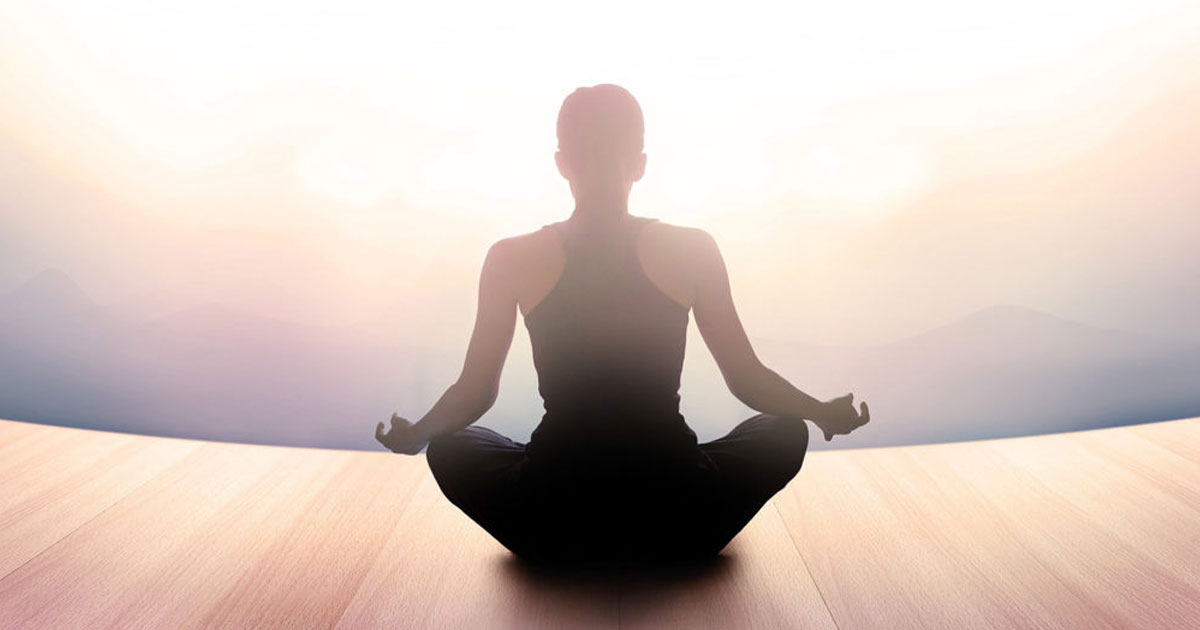 Sharing is caring!
Sharing is caring!
Tagged: Tech , Sleep, Sleep Aids, Sleep Music, Sleep Tips, Noise
Margarita Tartakovsky, MS, is a Florida-based writer with 10+ years of experience in mental health and wellness. She’s passionate about helping readers feel less alone and overwhelmed and more empowered and hopeful. Learn more about Margarita at her website, and connect with her on LinkedIn.
Why is meditation necessary? - Offtop on vc.ru
Contents
7073 views
- Reduces stress
- Monitors the alarm
- Promotes emotional health
- Improves self-awareness
- Lengthens attention span
- May reduce age-related memory loss
- Can generate kindness
- Can help fight addictions
- Improves sleep
- Helps control pain
- May lower blood pressure
- Terminals
Reduces stress
Reducing stress is one of the most common reasons people try to meditate.
One study of over 3,500 adults found it lived up to its reputation for stress reduction.
As a rule, mental and physical activity cause an increase in the level of the stress hormone cortisol. This leads to many of the harmful effects of stress, such as the release of inflammatory chemicals called cytokines.
These effects can disturb sleep, cause depression and anxiety, increase blood pressure, and contribute to fatigue and cloudy thinking.
In an eight-week study, a style of meditation called "mindfulness meditation" reduced the inflammatory response caused by stress.
Another study of almost 1300 adults showed that meditation can reduce stress. Notably, this effect was strongest in people with the highest levels of stress.
Research has shown that meditation can also improve symptoms of stress-related conditions, including irritable bowel syndrome, post-traumatic stress disorder, and fibromyalgia.
SUMMARY: Many styles of meditation can help reduce stress. Meditation may also reduce symptoms in people with stress-related health conditions
Meditation may also reduce symptoms in people with stress-related health conditions
Supervises alarm
Less stress means less worry.
For example, an eight-week study of mindfulness meditation helped participants reduce their anxiety.
It also reduced the symptoms of anxiety disorders such as phobias, social anxiety, paranoid thoughts, obsessive-compulsive behavior and panic attacks.
Another study involved 18 volunteers three years after completing an eight-week meditation program. Most of the volunteers continued to practice regular meditation and maintained a lower level of anxiety for a long time.
A larger study of 2466 participants also found that different meditation strategies can reduce anxiety.
For example, yoga has been shown to help people reduce anxiety. This is likely due to the benefits of both meditative practice and physical activity.
Meditation can also help control work-related anxiety in high-pressure work environments. One study found that a meditation program reduced anxiety in a group of nurses.
One study found that a meditation program reduced anxiety in a group of nurses.
SUMMARY: Habitual meditation helps reduce anxiety and related mental health problems such as social anxiety, phobias, and obsessive-compulsive behavior.
Promotes emotional health
Some forms of meditation can also lead to improved self-esteem and a more positive outlook on life.
Two studies of mindfulness meditation found a reduction in depression in more than 4,600 adults.
One study involved 18 volunteers who practiced meditation for three years. The study found that the participants experienced a long-term reduction in depression.
Inflammatory chemicals called cytokines, which are released in response to stress, can affect mood, leading to depression. A review of several studies shows that meditation can reduce depression by decreasing these inflammatory chemicals.
Another controlled study compared the electrical activity between the brains of people who practiced mindfulness meditation and those of others who did not.
Those who meditated showed measurable changes in activity in areas associated with positive thinking and optimism.
SUMMARY: Some forms of meditation can improve depression and create a more positive outlook on life. Research shows that maintaining consistent meditation can help you maintain these benefits in the long run.
Improves self-awareness
Some forms of meditation can help you develop a deeper understanding of yourself, help you grow into yourself.
For example, self-knowledge meditation is clearly intended to help you better understand yourself and how you relate to others.
Other forms teach you to recognize thoughts that can be harmful or self-destructive. The idea is that as you become more aware of your thought habits, you will be able to direct them towards more constructive patterns.
A study of 21 women battling breast cancer found that when they took part in a tai chi program, their self-esteem improved more than those who received social support sessions.
In another study, 40 older men and women who took a mindfulness meditation program experienced a reduction in feelings of loneliness compared to a control group who were placed on a waiting list for the program.
In addition, the experience of meditation can lead to more creative problem solving.
SUMMARY: Introspection and related meditation styles can help you "know yourself." This can be a starting point for making other positive changes.
Lengthens attention span
Focused meditation is like lifting weights for your concentration. It helps to increase the strength and endurance of your attention.
For example, a study examined the effect of an eight-week meditation course on mindfulness and found that it improved participants' ability to refocus and maintain their attention.
A similar study found that HR workers who regularly practiced mindfulness meditation stayed focused on a task longer.
These workers also remembered the details of their tasks better than their peers who did not meditate.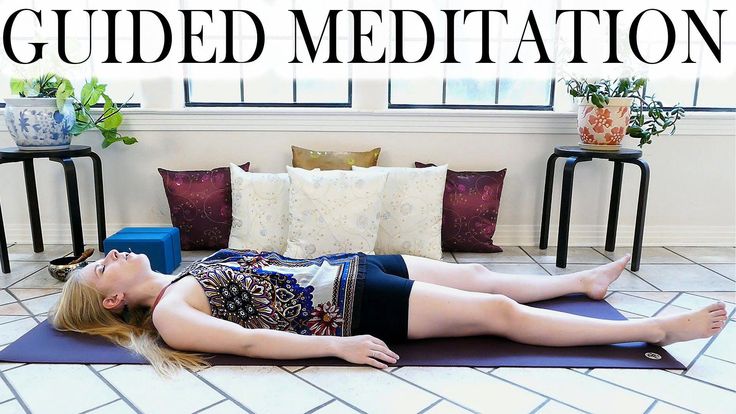
What's more, one review concluded that meditation can even reverse patterns in the brain that contribute to mind wandering, anxiety, and poor attention.
Even meditation for a short period of time can benefit you. One study found that four days of meditation practice could be enough to increase your focus.
SUMMARY: Several types of meditation can develop your ability to redirect and maintain attention. Just four days of meditation can have an effect.
May reduce age-related memory loss
Improving focus and clarity of thought can help keep your mind young.
Kirtan Kriya is a method of meditation that combines a mantra or chant with repetitive finger movements to focus the mind. It improved participants' ability to perform memory tasks in several studies of age-related memory loss.
In addition, a review of 12 studies found that several styles of meditation improved attention, memory, and mental speed in older volunteers.
In addition to combating normal age-related memory loss, meditation may at least partially improve memory in patients with dementia. It can also help control stress and improve coping for caregivers of family members with dementia.
SUMMARY: The improved focus you can get through regular meditation can improve memory and mental clarity. These benefits may help fight age-related memory loss and dementia.
Can generate kindness
Certain types of meditation can particularly enhance positive feelings and actions towards oneself and others.
Metta, a type of meditation also known as loving-kindness meditation, begins with developing kind thoughts and feelings for oneself.
Through practice, people learn to spread this kindness and forgiveness from outside, first to friends, then to acquaintances, and finally to enemies.
Twenty-two studies of this form of meditation have demonstrated its ability to increase people's compassion for themselves and others.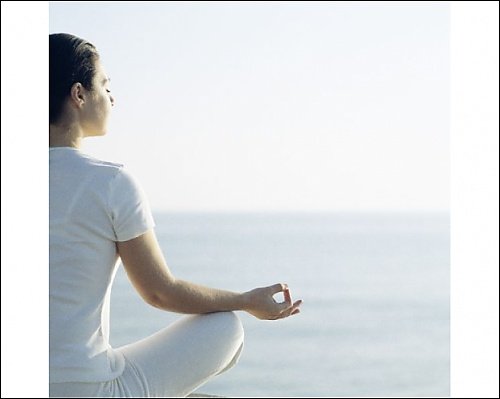
One study of 100 adults randomly assigned to a program that included loving-kindness meditation found these benefits to be dose dependent.
In other words, the more effort people put into metta meditation, the more positive feelings they experience.
Another group of studies have shown that the positive feelings people develop through metta meditation can improve social anxiety, reduce marital conflict, and help manage anger.
These benefits also accumulate over time with the practice of loving-kindness meditation.
SUMMARY : Metta, or loving-kindness meditation, is the practice of developing positive feelings, first for yourself and then for others. Metta increases positivity, empathy and compassionate behavior towards others.
Can help fight addictions
The mental discipline you can develop through meditation can help you overcome addictions by increasing self-control and awareness of the triggers for addictive behavior.
Research has shown that meditation can help people learn to redirect their attention, increase their willpower, control their emotions and impulses, and improve their understanding of the causes of addictive behavior.
One study that trained 19 recovering alcoholics how to meditate found that participants who completed the training had better control over their cravings and the stress associated with cravings.
Meditation can also help you. A review of 14 studies found that mindfulness meditation helped participants reduce emotional and binge eating.
SUMMARY: Meditation develops mental discipline and willpower and can help you avoid triggers of unwanted impulses. It can help you kick addictions, lose weight, and redirect other unwanted habits.
Improves sleep
At some point, almost half of the population will struggle with insomnia.
One study compared two mindfulness-based meditation programs by randomly assigning participants to one of two groups. One group practiced meditation and the other did not.
One group practiced meditation and the other did not.
Participants who meditated earlier fell asleep and slept longer than those who did not meditate.
Knowing how to meditate can help you control or redirect thoughts about running or "running away" that often lead to insomnia.
In addition, it can help relax your body, relieve tension and put you in a peaceful state in which you are more likely to fall asleep.
SUMMARY: A variety of meditation techniques can help you relax and control "fugitive" thoughts that can interfere with sleep. This can reduce the time it takes to fall asleep and improve the quality of sleep.
Helps control pain
Your perception of pain is related to your state of mind, and it can be heightened under stressful conditions.
For example, one study used functional MRI techniques to monitor brain activity when participants experienced a painful stimulus. Some participants completed the four-day mindfulness meditation training, while others did not.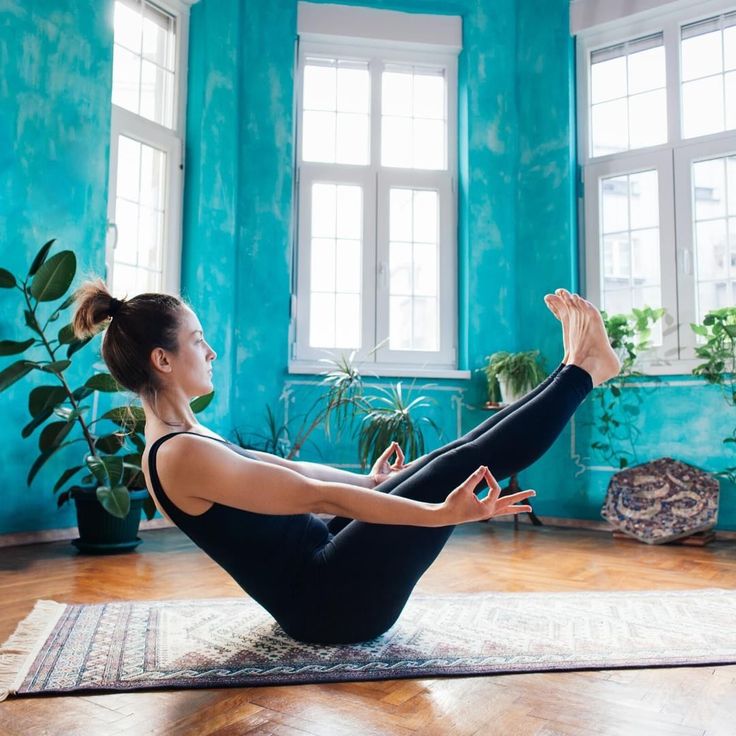
Meditating patients showed increased activity in brain centers known to control pain. They also reported less sensitivity to pain.
One large study looked at the effects of habitual meditation in 3,500 participants. Meditation was found to be associated with a reduction in complaints of chronic or intermittent pain.
An additional study of meditation in patients with terminal illnesses found that meditation may help reduce chronic pain at the end of life.
In each of these scenarios, meditators and non-meditators experienced the same causes of pain, but meditators showed greater ability to cope with pain and even experienced a reduced sensation of pain.
SUMMARY: Meditation can reduce the perception of pain in the brain. It may help treat chronic pain when used as an adjunct to medical care or physical therapy.
May lower blood pressure
Meditation can also improve physical health by reducing the workload on the heart.
Over time, high blood pressure makes the heart work harder to pump blood, which can lead to poor heart function.
High blood pressure also contributes to atherosclerosis, or narrowing of the arteries, which can lead to heart attacks and strokes.
A study of 996 volunteers found that when they meditated, concentrating on a "silent mantra" - a repeated, unvoiced word - lowered blood pressure by an average of about five points.
This was more effective among older volunteers and those who had higher blood pressure before the study.
Partially, meditation appears to control blood pressure by dampening the nerve signals that coordinate the heart, tension in the blood vessels, and the fight-or-flight response that increases alertness in stressful situations.
SUMMARY: Blood pressure decreases not only during meditation, but also over time in people who meditate regularly. This can reduce stress on the heart and arteries, helping to prevent heart disease.
Pins:
Health
- Increases immune function
- Reduces pain
- Reduces inflammation at the cellular level
happiness
- Increases positive emotions
- Reduces depression
- Reduces anxiety
- Reduces stress
Social life
- Increases social bonding and emotional intelligence
- Makes you more compassionate
- Makes you feel less lonely
Self-control
- Improves your ability to regulate your emotions
- Improves your ability to introspect
Brain function
- Increases the amount of gray matter
- Increases volume in areas related to emotion regulation, positive emotions and self-control
- Increases the thickness of the cortex in areas associated with attention
Performance
- Increases your concentration and attention
- Improves your ability to multitask
- Improves your memory
- Improves your ability to be creative and think outside the box
************
I write tips and notes on self-development in the cart: t. me/neuroportalru
me/neuroportalru
Effective meditation techniques for anxiety, stress and fear. How to meditate to relieve stress
Do you feel nervous, tired, stressed, frustrated? Meditation is an ancient mind and body practice that promotes relaxation and well-being. Research shows that meditation can help relieve stress and has mental and physical health benefits, such as lowering blood pressure, anxiety, insomnia, and depression. In addition, meditation has been found to reduce the number of colds and flus and reduce the duration and severity of symptoms. You may think that the process of learning effective meditation is hard or takes too long, but in fact, you only need to take a few minutes out of your day to practice these simple exercises and feel refreshed.
Steps
Basic Meditation Techniques
Find a quiet place. The world is full of all sorts of distractions, so this request may seem difficult. However, a quiet place where you can meditate without being disturbed will be extremely valuable in learning to meditate for stress relief.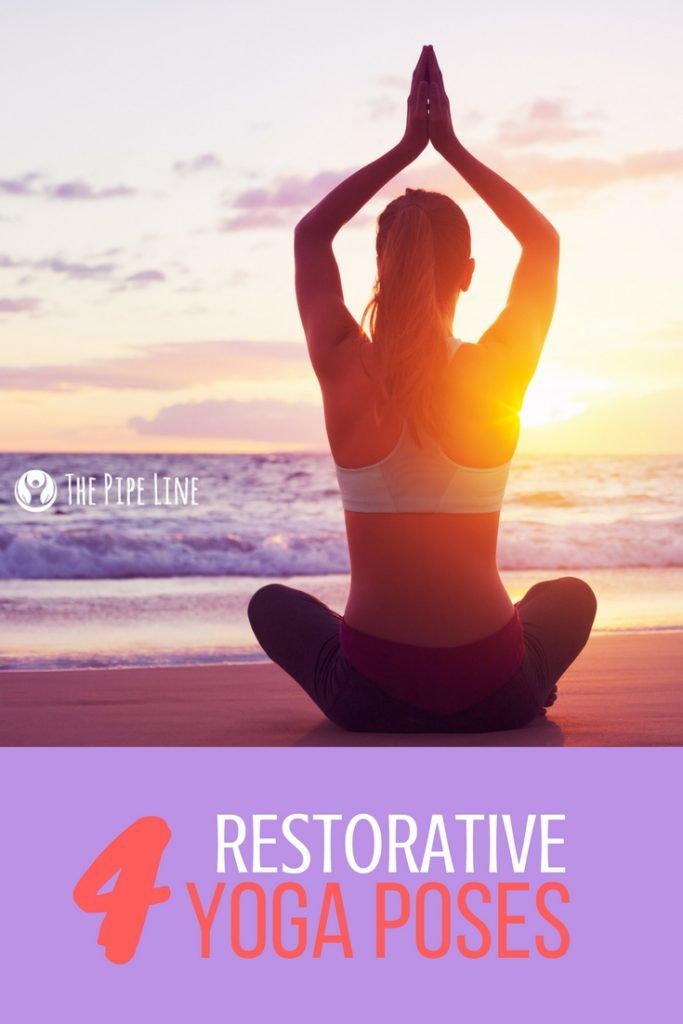 As you gain experience in meditation, external distractions will bother you less and less.
As you gain experience in meditation, external distractions will bother you less and less.
- At first, you are likely to be distracted by many things. You will hear the noise of cars passing by, birds singing and people talking. It is best to turn off all electronic devices, such as mobile phones and televisions, to minimize distractions from your meditation practice.
- Usually just closing the door is sufficient, but earplugs can also be used if necessary.
- As you develop your meditation skills, you will find that you can meditate anywhere, even in high stress situations such as traffic, work, or a crowded store.
Choose a comfortable position. You can meditate lying down, sitting, walking, in general in any position. The main thing is that you feel comfortable so that discomfort does not distract you.
Control your breathing. Various types of meditation use breath control. Deep breathing helps to relax the mind and body.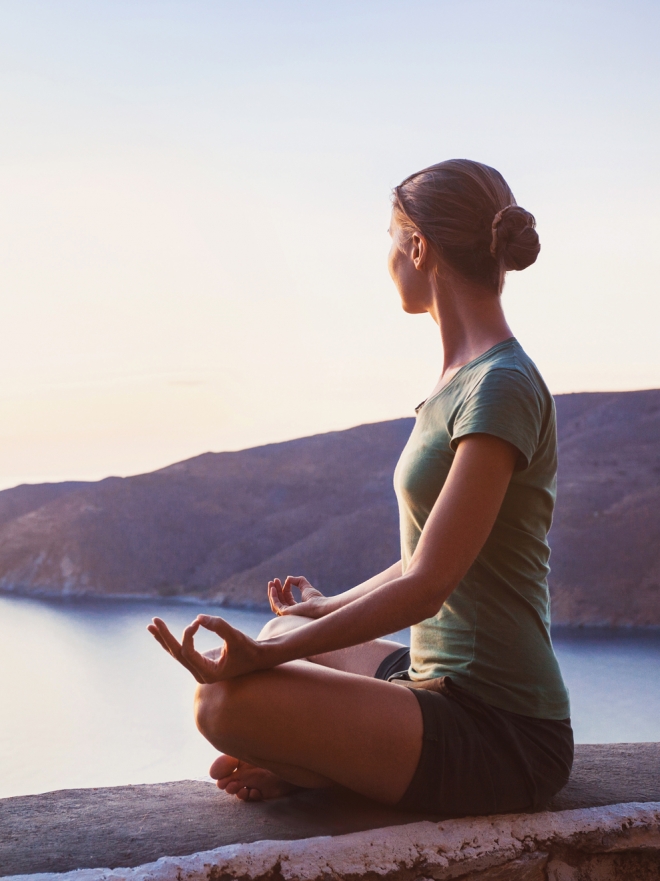 In fact, simply focusing on the breath can be effective meditation.
In fact, simply focusing on the breath can be effective meditation.
- Inhale and exhale through your nose. During breathing, the mouth should be closed, but relaxed. Listen to the sounds of your breath.
- Use a diaphragm to expand your lungs. Put your hand on your stomach. It should rise when you inhale and fall when you exhale. Breathe in and out at regular intervals.
- Breath control allows you to slow down your breathing rate and fill your lungs with more oxygen in one breath.
- Deep breaths relax the muscles of the upper body, such as those of the shoulders, neck, and chest. Deep, diaphragmatic breathing is much more effective than shallow upper chest breathing.
Focus on something. Focusing on one thing, or even nothing at all, is an essential component of effective meditation. The goal is to free your mind from the distractions that cause stress to give your mind and body a rest. Some prefer to focus on an object, an image, a mantra, or each breath, but one can also focus on a black screen, for example, or something else.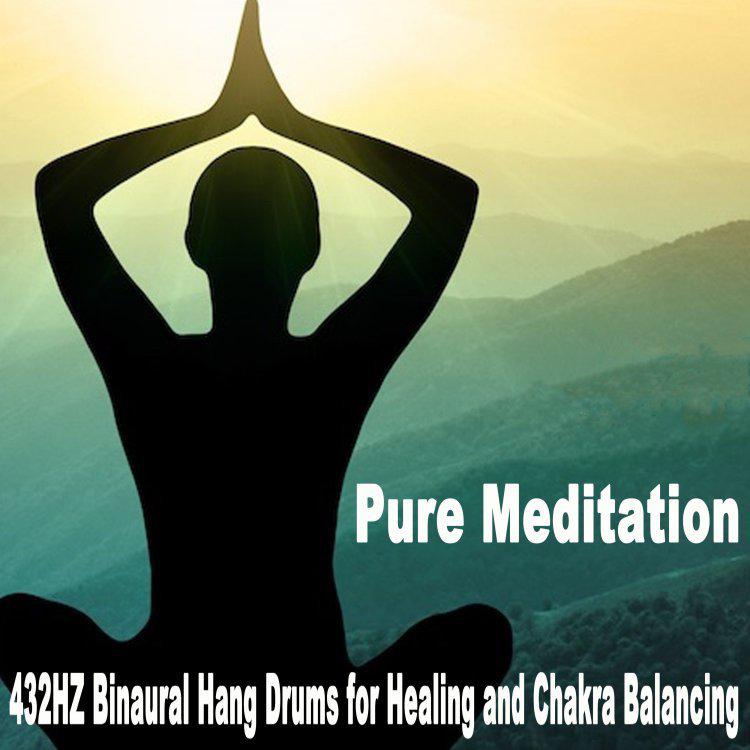
Pray. Prayer is also a type of meditation practiced throughout the world in many different religious and non-religious practices. Let your prayer fit your needs, personal beliefs, and meditation goals.
- You can pray out loud, you can silently, or you can write down your prayer on paper. It may consist of your words, or maybe of someone else's.
- Prayer can be dedicated to God or something everyday. Decide what works best for you, your belief system, and your expectations of prayer. You can pray to God, the universe, yourself, or nothing in particular. It all depends on your preferences.
Know that there is no “right way” to meditate. If you worry about how you breathe, what you think (or don't think), and whether you meditate correctly, you only exacerbate the problem. Meditation has to be adapted to your lifestyle and your situation. This is a practice in which you simply take a few minutes to relax in your own way in this hectic, stressful world.
Enjoy the process. Meditation can bring short and long term benefits, but it should also be an enjoyable experience. Some resistance to clearing the mind and relaxing is normal because we are so used to being constantly on edge, but you don't have to force yourself to meditate in a certain way if you don't like it.
- The point is to find a sense of peace in the present moment. Do not ignore the opportunity to meditate while doing your daily activities. Daily mundane activities such as washing dishes, folding laundry, or fixing your car are wonderful opportunities to practice relaxation techniques such as deep breathing or meditation.
- Don't forget that creative, relaxing activities are also great for meditation. Listen to music, draw, read, replant a flower, write in a diary, or watch a fire in a fireplace. Such activities focus the mind, reduce stress levels and put the brain waves into a meditative state.
Concentrating meditation. In concentrating meditation, you focus your attention on an image, object, sound, or positive mantra. You can focus on a quiet beach, a bright apple, or a soothing word or phrase. The bottom line is that what you choose to focus on helps you block out distracting thoughts.
In concentrating meditation, you focus your attention on an image, object, sound, or positive mantra. You can focus on a quiet beach, a bright apple, or a soothing word or phrase. The bottom line is that what you choose to focus on helps you block out distracting thoughts.
Practice mindfulness meditation. This meditation focuses your attention on the present moment. You are trying to feel and become aware of what is happening right now, and what you are feeling during meditation, for example, your breathing. You are aware of your feelings, thoughts, and what is happening around you without actively trying to change it.
Practice meditation in motion. Yoga and tai chi are well-known stress-reducing meditation practices that use movement and breathing to promote well-being. Research shows they are effective ways to meditate and stay healthy.
Practice Meditation
Find a quiet place with a relaxing atmosphere.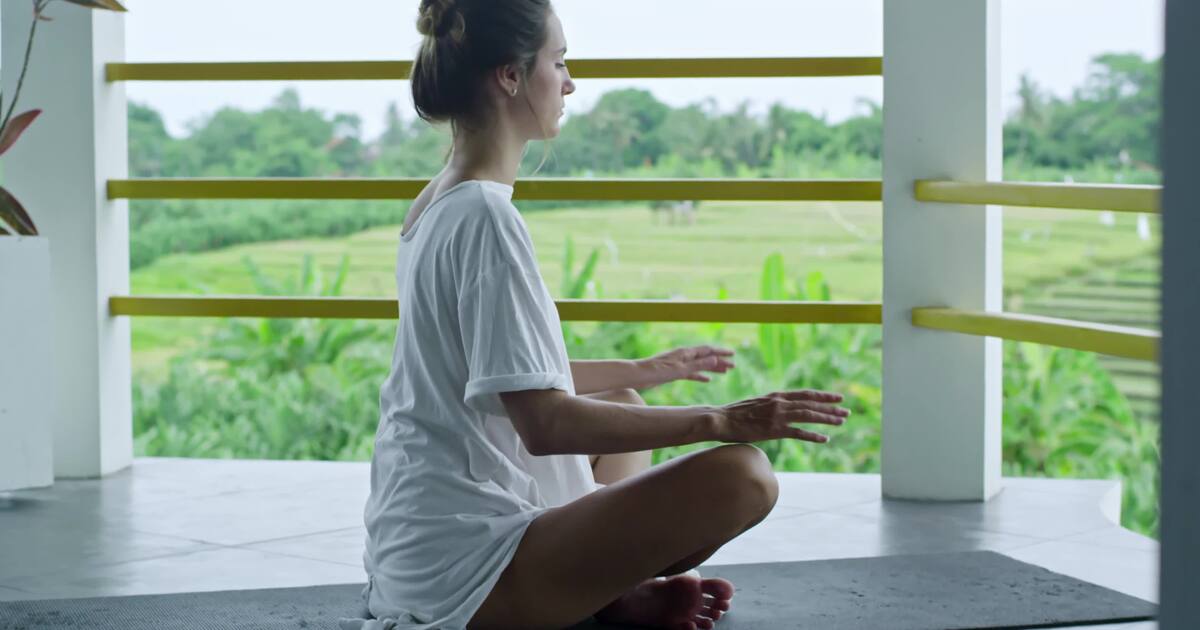 It could be anything. You can sit outside under a tree, in a quiet bedroom with the lights off, or even in your living room. Any place where you feel comfortable will do. Make sure that the area you have chosen does not and will not have any distractions. You should only focus on the here and now.
It could be anything. You can sit outside under a tree, in a quiet bedroom with the lights off, or even in your living room. Any place where you feel comfortable will do. Make sure that the area you have chosen does not and will not have any distractions. You should only focus on the here and now.
Find a comfortable position. You can sit, lie down or stand - the decision is up to you. The main thing is that you are comfortable. When you find the right position, close your eyes.
- If you are sitting, you need to maintain good posture so that you can breathe better. Your back should be straight, chest slightly raised, and shoulders back. Raise your chin a little, but do not strain your neck. The hands should lie quietly on the knees, open palms up.
Take a deep breath. Assuming a comfortable position and closing your eyes, take a slow deep breath and relax. Relax your shoulders and neck, wiggle your fingers and toes.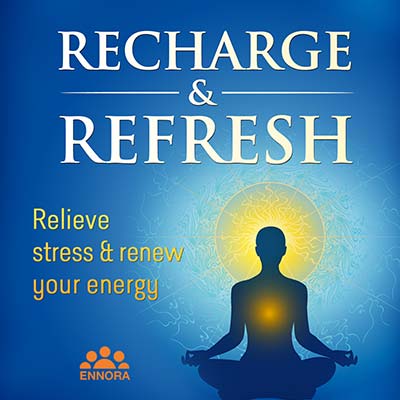 Breathe in slowly, and as you breathe out, imagine all your stress and worries leaving your body with each exhalation.
Breathe in slowly, and as you breathe out, imagine all your stress and worries leaving your body with each exhalation.
Try to clear your mind and avoid distractions if you can. Set aside all things that can wait until after you finish your meditation. As you breathe in and out, let go of all your worries. Stop worrying or thinking about business, meetings and responsibilities. Leave it for later. Now come into a state of self-awareness. Pay attention to your breathing, your relaxation. Be fully present in the present moment and benefit from it.
- Of course, if the phone rings or you have some important task to do, then do it. You can always return to this meditation later.
- Do not think that you have to finish the meditation exercise after a certain period of time. Practice at your own pace, stop when you need to, and start or finish again when you want.
Hello friends. In the hustle and bustle of life, we often encounter worries and stress.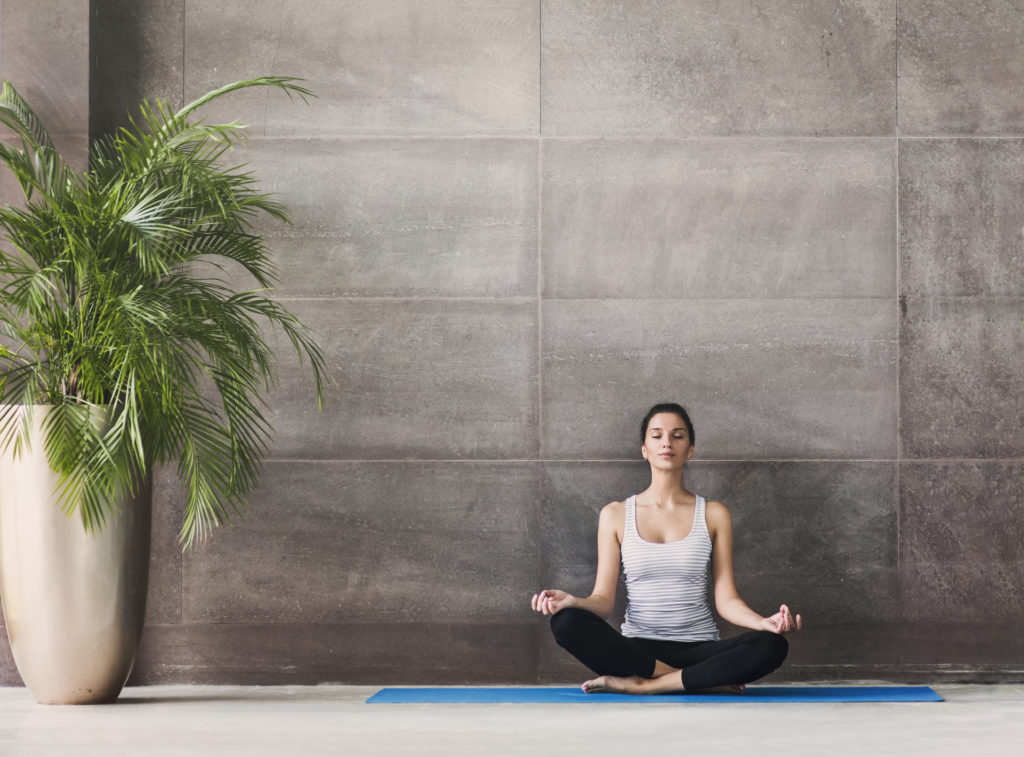 Accumulating, they negatively affect our mental balance, become the cause of irritation and anger. In this article, we will talk about meditation for stress and anxiety.
Accumulating, they negatively affect our mental balance, become the cause of irritation and anger. In this article, we will talk about meditation for stress and anxiety.
Most meditation practices have an anti-stress effect. Let's consider a few of them.
You will need a candle. It is better if it is a beautiful scented candle from the store. But a simple church or household one is also suitable.
Retire to a room. Sit comfortably and relaxed in an armchair, sofa, or chair. Turn off the lights or close the curtains to darken the room. Light a candle.
Keep your body relaxed. If you feel tension in any part of the body, for example, in the cervical region, gently massage this place.
Look at the candle flame, admire it. The element of Fire helps us burn negative emotions and experiences. Watch the change in the light, its movements and impulses.
Try to stop extraneous thoughts. If work questions come to mind again, gently move away from them, plunging mentally into the warm and soft flame of a candle. You gradually get rid of the accumulated stress.
You gradually get rid of the accumulated stress.
Watch your breath, slow it down, feel the inhalation and exhalation. Let your breathing become calm and deep. You will enter a state of meditation. Stay in this state for as long as you want, but not less than 15 minutes.
Dancing makes the soul happy
Dance is a great meditation to relieve stress. But not any dance can become a full-fledged meditation.
To achieve the desired state, a sequence of actions must be performed.
- Stop in the center of the room, breathe slowly and deeply. Close your eyes for a minute.
- Then turn on any rhythmic music you like.
An important condition is music without words. Words will distract you and force you to delve into the texts. And this will not allow you to enter a meditative state.
- Dance! Express your emotions in motion. Move your arms and legs and hips and head. Immerse yourself in the dance, let all your attention be focused on the movements.
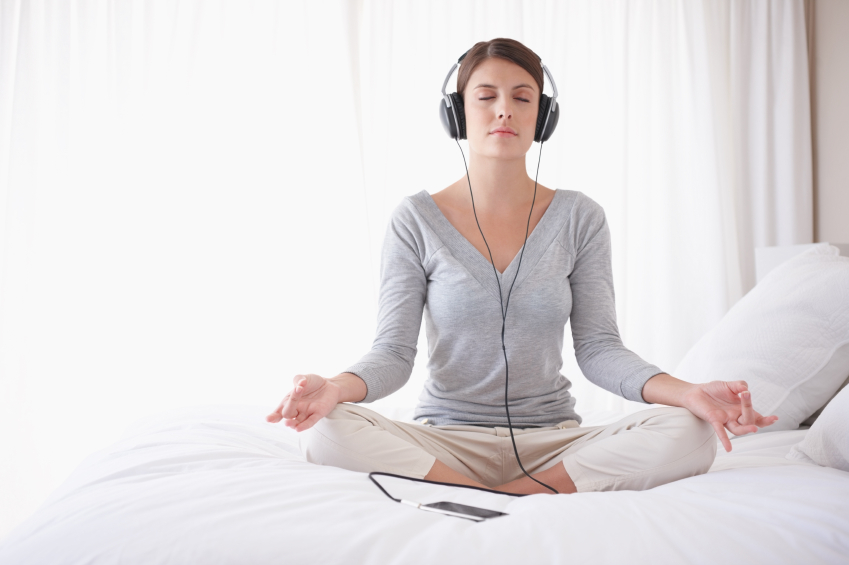
- Throw out the accumulated negative energy through dance. It will be great if you make some jumps. Don't be afraid to fool around. This is your time.
- If you wish, you can sing or shout out sounds. Only negative words, swear words, etc. are prohibited. Leave only the positive.
Anti-stress mandalas
Mandala is a geometric pattern with sacred meaning. However, there are modern interpretations that do not carry religious significance. The contemplation of many small elements of the pattern draws you into meditation.
Mandalas for coloring can be bought at a bookstore or found on the Internet and printed on a printer. Here are a few examples (pictures will enlarge by clicking):
Retire where no one will disturb you. By the way, in the summer this practice can be carried out in the park on a bench.
Have a mandala drawing and colored pencils ready. Look at the drawing for a couple of minutes, think about what it might mean.
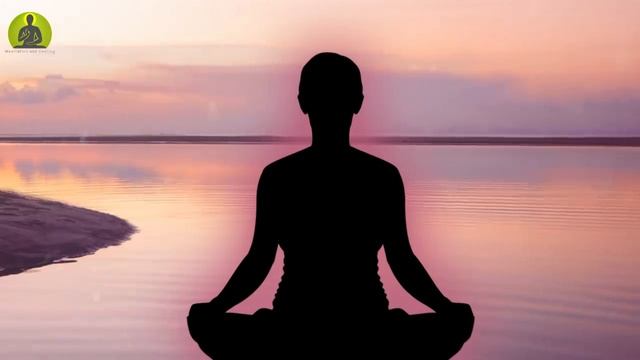
Then start painting the pattern. There is no need to approach this process rationally. Trust your instincts when choosing colors. Do what comes from the heart. During the concentrated coloring of the mandala, you will immerse yourself in meditation.
After completing the drawing, you will feel peace and satisfaction. A positive charge will appear that will not allow stress to take over your mind again.
Time for a walk
A walk in nature serves as a natural meditation against stress and anxiety. However, in order for the effect to be complete, it is important to adhere to some rules.
- Walk in parks, squares or nature. It makes no sense to wander along a busy avenue.
- Walk slowly and calmly. There's no hurry.
- If thoughts about business, problems or work appear in your head, say to yourself: “All this is very important, but I will think about it later ... And now there are trees, flowers around me ...”
Look at the leaves or branches of trees.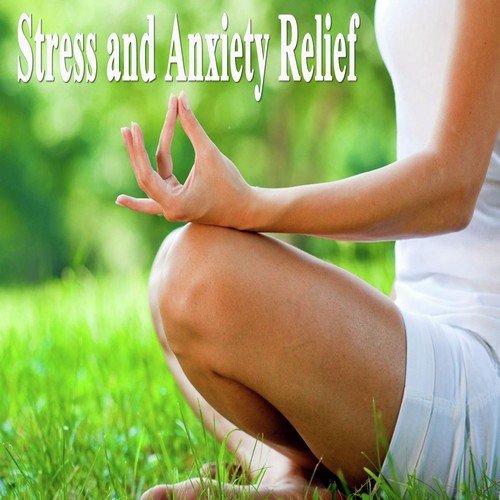 If you have flowers in front of you, be sure to enjoy them, inhale the aroma, admire the beauty of each flower.
If you have flowers in front of you, be sure to enjoy them, inhale the aroma, admire the beauty of each flower.
Enjoy the diversity of nature. Find the features of the time of year during which you walk. In spring, these are blossoming buds of trees and flowering trees. In summer, lush greenery. Autumn is the carnival of colored leaves. And in winter - the kingdom of snow or gloomy tree trunks, which also have their own charm.
You will certainly feel the meditative effect after just half an hour of walking. In order not to have to interrupt it ahead of time, dress for the weather so as not to freeze. Take a bottle of water with you. And take this time for yourself.
Walking in the rain has a special effect. If it's pouring rain, then walk no more than 10 minutes under an umbrella.
Let yourself be in the middle of the elements, be inspired by its strength and power. Then return home, take a hot shower and drink warm tea.
During light drizzle, you can walk longer, the main thing is not to get wet. When the whole world is washed with raindrops, washing away all pollution from it, it is good to dream and immerse yourself in contemplation.
When the whole world is washed with raindrops, washing away all pollution from it, it is good to dream and immerse yourself in contemplation.
The most effective way to learn meditation is to trust the Teacher. Friends, I want to recommend you my mentor, with whom I once learned to meditate. This is Igor Budnikov, he himself studied meditation in the monasteries of Thailand, Malaysia and Indonesia. Igor will teach you meditation with amazing simplicity and ease and will help you avoid common mistakes.
I suggest you take 5 short free lessons during which you will meditate under the guidance of Igor. I'm sure you'll like it the way I did.
Physical exercise has a positive effect
Probably, you thought about physical exercises. But to enter into a state of meditation, we need something else. Here are some options.
If all this unsettles you, and when you come home you fall down, and on weekends you can’t rest, then we will teach you some meditation techniques that will help you from melancholy, fatigue and will be the best prevention from nervous breakdowns.
Anti-stress meditation
What is the effect of meditation?
Buddhists say that they never experience depression or insomnia. And all because meditation is their way of life. By making meditation a habit, you will learn to quickly focus on your work, you will worry less, you will be able to have a good rest, you will find inner harmony, because it is so important for a woman.
Meditation conditions
It is common knowledge that one should not meditate on a full stomach. Decide for yourself whether or not to turn on calm music. Some people meditate in total silence.
Meditation technique
Effective meditation is based on maximum relaxation. This is not as easy to achieve as you think. After all, some muscles of the body do not relax even in a dream.
Relaxation meditation technique
Lie down on your back (do not use a “high” pillow for this) and try to relax. Breathe in and out a few times. When you exhale, you will feel how the air comes out, the body sinks deeper and deeper into the bed and becomes heavy. Next, we will focus on individual parts of the body from the bottom up.
When you exhale, you will feel how the air comes out, the body sinks deeper and deeper into the bed and becomes heavy. Next, we will focus on individual parts of the body from the bottom up.
Focus on each leg in turn, starting with the feet. Let's order them to relax, imagine how the tension subsides. We are gradually moving up. The more carefully you approach this meditation, the “smaller” the parts of the body on which you focus your attention, the more relaxed you will be. We use this technique both before going to bed (especially if you can’t fall asleep quickly), and when you want to relax in a short time.
Concentration meditation technique
We use the concentration meditation technique when there is a lot of information in the head, but you need to focus on one thing. We’ll sit or lie down more comfortably, believe that the lotus position will be convenient for those who have been meditating and practicing yoga for a long time, it’s better to start from a comfortable chair or just lie on the floor.
Mentally and completely focus on some phenomenon or object. It could be anything from rain, a houseplant, to a cup on the table. The main thing here is that your thoughts should be occupied with this subject and nothing else. Keep this in mind for as long as you can. Soon you will find that the thought quickly returns to what you are going to cook for dinner, or to the movie you have watched. Again we return to the chosen subject. After several workouts, the concentration time will increase. By practicing this meditation, you will be able to easily concentrate in any conditions (for example, it helps to get ready for the exam).
Breath meditation technique
Breath meditation technique is the observation of the breath. You don't have to deliberately change the rhythm of your breathing, just feel the air flow out and in. As you inhale and exhale, count to 10 and back to one. This method will allow you to pass the time well in a queue or transport.
Meditation technique combining walking and breathing
This technique can be used when you go home or to work. It's good when you have plenty of time not to walk very fast. Inhale for four steps, exhale for six. The body breathes normally, and thoughts are focused on the score. If you are surrounded by beautiful landscapes and fresh air, then the benefits of this walk will be double.
It's good when you have plenty of time not to walk very fast. Inhale for four steps, exhale for six. The body breathes normally, and thoughts are focused on the score. If you are surrounded by beautiful landscapes and fresh air, then the benefits of this walk will be double.
Meditation technique to help solve a problem
First, let's relax as much as possible. Then we “lose” the conflict or problem in our head, starting from the very end. We are gradually approaching the origins, you will understand why this happened. We will find “along the way” an action, word or reason that led to certain consequences, and then you will have a chance to fix everything.
Auto-training is also meditation
Auto-training is best if you learn to mentally focus and physically relax. You need to use it before going to bed so that you don’t have to be distracted by anything else.
Relax and focus on positive thoughts. The meditation technique depends on the situation you are trying to improve. If you need to increase your self-esteem, mentally tell yourself: "I am confident in myself." Avoid the “not” particle, it is negative. If a tyrant appears in the office, think: “My fear of Larisa Mikhailovna (driving instructor, director) disappears.” Instead of saying something like "I don't want to smoke," it's best to say "I don't want to smoke."
If you need to increase your self-esteem, mentally tell yourself: "I am confident in myself." Avoid the “not” particle, it is negative. If a tyrant appears in the office, think: “My fear of Larisa Mikhailovna (driving instructor, director) disappears.” Instead of saying something like "I don't want to smoke," it's best to say "I don't want to smoke."
After all, it has been proven that our thoughts have material power. During auto-training, imagine in all details the achievement you are striving for, and as if it has already happened. "Work" in the place where you want to work, "live" in the house or city of your dreams, "feel" the thing you want to own. There are cases when people with the help of such meditations were cured of incurable diseases.
Now we know what this meditation technique and meditation against stress are. Choose your own meditation technique. Make it your habit, try to live here and now, and your self-doubt, difficult tomorrow and the raging Larisa Mikhailovna will not be afraid of you.
Text: Karina Sembe
Katy Perry and Lena Dunham, Anna Dello Russo and even David Lynch and Jeff Bridges do it. You don't need special clothes or high-tech shoes, you don't need a dedicated space, and in fact, you don't even need a coach. Plus, there are no side effects. Meditation is said to be the new yoga (and perhaps even more). Having migrated to our post-modernity from ancient religious practices, concentration techniques have proven their potential in terms of mind training.
Meditation "teaches" the brain to concentrate, cope with stress and anxiety, helps to return a sober look at the world around. You can perceive meditation with skepticism and suspect practitioners of sectarianism, or you can, following thousands of scientists, recognize an effective brain simulator in the new trend and use it to learn to distract yourself from painful thoughts about the deadline. What is meditation? The term "meditation" was also used as a translation of the name of eastern spiritual practices (in Hinduism it is dhyana, and in Buddhism it is zen). These concepts have the same meanings: “mentally contemplate”, “reflect”.
These concepts have the same meanings: “mentally contemplate”, “reflect”.
In dictionaries, meditation is defined as deep reflection on any object or idea, with distraction from external circumstances, elimination of all factors that scatter attention, both external (sound, light) and internal (physical, emotional, intellectual stress) . You can also find meanings that are closer to the everyday understanding of meditation, for example, the state of inner concentration or various actions to achieve it.
Methods of meditation are taken from the arsenal of Eastern religious culture, where concentration techniques were used to transcend the outside world. One of the first mentions of meditation goes back to the Vedas, ancient Indian scriptures of a religious and philosophical nature, which were created from about the 16th to the 5th century BC. e. In the ancient tradition, the practice of meditation was ritualized, involving the repetition of phrases, often rhythmic in nature, and the adoption of certain postures. Scientists distinguish not only Buddhist and Hindu, but also Christian, Islamic and Taoist traditions of meditation.
Scientists distinguish not only Buddhist and Hindu, but also Christian, Islamic and Taoist traditions of meditation.
It has been proven that regular meditation helps in the fight against stress, improves sleep and develops empathy.
How the phenomenon took root
in the West
Meditation as an element of Buddhist practices was discussed in the West already in the Age of Enlightenment, and from the end of the 19th century, meditation techniques began to be actively promoted in the West by popular gurus like Swami Vivekananda, friend and like-minded Nikola Tesla . Secular meditation as a Western form of Hindu meditation techniques appeared in India in the 1950s and almost immediately penetrated the United States and Europe. By the early 1970s, more than a thousand studies on meditation had been conducted in English alone.
Secular meditation involves a variety of techniques and instead of focusing on spiritual growth, offers an emphasis on stress reduction, attention control and emotional stability. Currently, meditation is actively used for psychotherapy and psychological training, as well as complementary medicine.
Currently, meditation is actively used for psychotherapy and psychological training, as well as complementary medicine.
There is a stereotype that meditation is sitting and doing nothing. In fact, this is a thorough and painstaking work with your own psyche and physiology - the same training, only not for the muscles, but for the brain. In the West, two main types of meditation have taken root: transcendental meditation, which focuses on a mantra, that is, a word, sound, or phrase repeated aloud or mentally, and mindfulness meditation, during which the concentration is on the breath.
Where did the skepticism come from
about meditation
Any culture, and even more so mass culture, is formed from trends that it generates, and it's no secret that these trends are not always friendly with logic. On the net, you can’t take a step without stumbling upon articles with headlines like “The influence of the phases of the moon on the fate of a person”, “How to cleanse the house of negative energy”, “Top 10 best natural antibiotics”. A fair skeptical look at deep YouTube tutorials on restoring feminine energy through love meditation often extends to the perception of meditation techniques per se. Of course, everyone has a right to their toys - whether it's a PlayStation or chakra opening. On the other hand, it is worth learning that meditation does not necessarily come with Buddhism, yoga, veganism - and further down the list.
A fair skeptical look at deep YouTube tutorials on restoring feminine energy through love meditation often extends to the perception of meditation techniques per se. Of course, everyone has a right to their toys - whether it's a PlayStation or chakra opening. On the other hand, it is worth learning that meditation does not necessarily come with Buddhism, yoga, veganism - and further down the list.
Andy Puddicombe, creator of the meditation app Headspace and former Buddhist monk, never considered meditation as a religious practice: “I did it more to understand my own mind, to find a state in which the mind becomes more calm and clear.” Useful and sound conclusions can be reached in various ways, including through religious and philosophical practices. But in the arsenal of mankind there is also the scientific method, as well as the ability to think logically. There is nothing mystical about closing your eyes and breathing deeply, but a couple of minutes of such simple exercises will allow you to calm down and distract yourself from obsessive thoughts.
Why meditation is recognized as a cure for anxiety
Doctors are increasingly using meditation techniques to treat anxiety. Anxiety disorder, which often afflicts successful and active people, is being talked about everywhere today - from scientific conferences and medical publications to fashion blogs and TV shows. Professor of psychology at the University of Massachusetts Lisabeth Roemer believes that meditation has great therapeutic potential in this direction: “If people learn to perceive what is happening at the moment with acceptance and kindness, and if they manage to apply this skill in life in such a way as to maintain interest in things that are important to them , it can help solve the problem of anxiety.”
Anxiety can be difficult to recognize. It is easily identified by a cramp in the abdomen or a characteristic pressure in the chest, but often anxiety takes on less obvious forms, hiding behind procrastination, perfectionism, or an increased desire for isolation. And if these are nothing more than ways to escape from reality, then meditation is just aimed at accepting this reality and reconciling with it. Among people who meditate, there were fewer cases of depression, panic attacks and anxiety.
And if these are nothing more than ways to escape from reality, then meditation is just aimed at accepting this reality and reconciling with it. Among people who meditate, there were fewer cases of depression, panic attacks and anxiety.
What effect to expect
from meditation
During and immediately after meditation
“Meditation immediately activates areas of the brain associated with areas such as the lateral prefrontal cortex. These zones are responsible for controlling feelings of anxiety, excitement, and fear,” explains Rebecca Gladding, MD, clinical psychiatrist at the University of California, in her book You Are Not Your Brain. And according to research by the Institute of Medical Sciences in India, after 15 minutes of meditation, there is a decrease in heart rate and stabilization of the reactions of the nervous system.
After several weeks of meditation
Scientists from Johns Hopkins University say that the more often you practice meditation, the more actively you "pump" the corresponding brain areas - as a result, your emotional state stabilizes. The fact is that in most cases, stress arises from worries about the little things and thoughts about something that did not happen, but can happen - from the prospect of a missed deadline to the risk of being late for an important meeting. Such anxiety triggers a number of “fight at all costs” mechanisms in the brain, including stimulating the release of cortisol, which is called the stress hormone. It turns out that regular meditation can lead to a decrease in the level of cortisol secretion. Meditation-based exercises have also been scientifically proven to help improve sleep and even develop empathy, literally making us more compassionate.
The fact is that in most cases, stress arises from worries about the little things and thoughts about something that did not happen, but can happen - from the prospect of a missed deadline to the risk of being late for an important meeting. Such anxiety triggers a number of “fight at all costs” mechanisms in the brain, including stimulating the release of cortisol, which is called the stress hormone. It turns out that regular meditation can lead to a decrease in the level of cortisol secretion. Meditation-based exercises have also been scientifically proven to help improve sleep and even develop empathy, literally making us more compassionate.
In the long term
Regular practice of meditation can have a beneficial effect on changes in the physical structure of the brain. The claim sounds unbelievable, but is based on quite convincing scientific research. Neuroscientist Sarah Lazar spoke about them as part of the TEDxCambridge innovation development project, in particular, and gained almost 700 thousand views on YouTube. The brain is capable of neuroplasticity, that is, the construction of new cells and connections. When we meditate, the area of the brain that makes us take things personally relaxes, and the area that is responsible for empathy activates its work. Even two months of regular meditation lowers the density of the gray matter of the amygdala, the focus of fear and anxiety, and increases the density of the gray matter of the hippocampus, which is responsible for the formation of emotions and the transition of short-term memory to long-term memory.
The brain is capable of neuroplasticity, that is, the construction of new cells and connections. When we meditate, the area of the brain that makes us take things personally relaxes, and the area that is responsible for empathy activates its work. Even two months of regular meditation lowers the density of the gray matter of the amygdala, the focus of fear and anxiety, and increases the density of the gray matter of the hippocampus, which is responsible for the formation of emotions and the transition of short-term memory to long-term memory.
How to start
Professionals say that the most important thing for beginners is comfortable timing, and they advise you to determine a convenient time for meditation. It is desirable that it be the same time, in the morning or in the evening. Most experts recommend starting with 5-10 minutes of meditation, but coach, yogi, and entrepreneur Gabriel Bernstein suggests trying just 1 minute to start. The simplest and most effective technique is to simply follow your breath.


